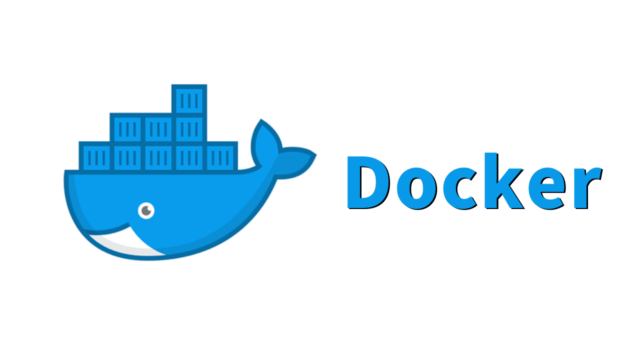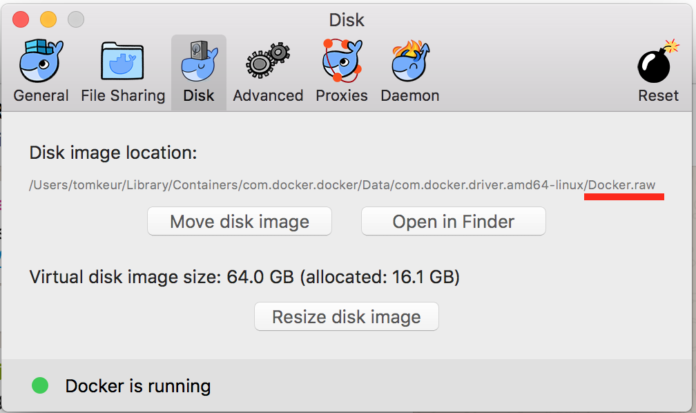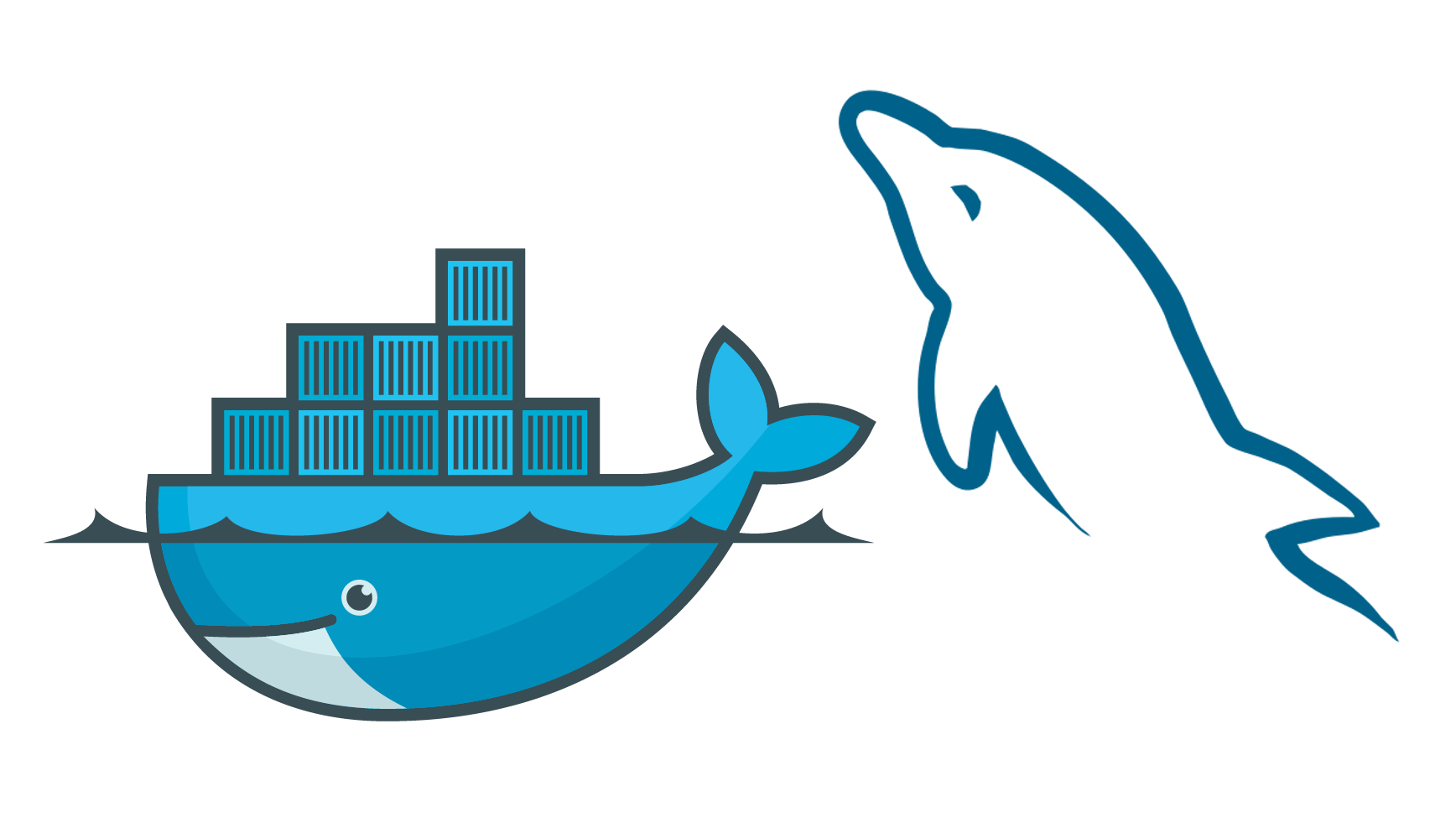

The advantage to this architecture is that multiple containers can share the same read-only base. At a high level, each container image has two parts: a group of read-only layers making up the bulk of the image, and a single, thin writable layer where any changes to the container are committed. All that code is organized into layers that make up the Docker image. The reason that Docker containers are portable across environments is because a Docker container includes both code for the process needing to be run (say nginx or MongoDB) and all the dependencies to run it.
#Docker mysql slow install
If you want to skip all that and just give it a try, install instructions are here.
#Docker mysql slow drivers
The rest of this post describes how Storage Drivers typically do diffing, why this can be an expensive operation, and how LCFS gets around those limitations using pointers. Observed time taken for each storage driver to complete the commit command.Exited from the container, stopped docker, unmounted /var/lib/docker, mounted /var/lib/docker, restarted docker, committed the container by running “docker commit”.Created a 1GB file – dd if=/dev/urandom of=file count=262144 bs=4096.Created a busybox container – docker run -it busybox /bin/sh.It is 18 minutes faster than the slowest driver, DeviceMapper.įor $ docker commit, performance improved +800% over Overlay2 and +1900% over Devicemapper.įor comparison purposes, a busybox container with 1GB file created in it could be committed within a fraction of second with LCFS, while traditional storage drivers would require many seconds to finish that job. For$ docker build, LCFS is almost 2 and a half minutes faster (~30%), than the next closest storage driver, AUFS. Because this new scheme does not have to do any diffs between layers looking for changes, it is much faster.


To keep pushing things forward, we’ve just have added an algorithm that speeds up docker build & and makes commit operations with LCFS finish in constant time, irrespective of the size of the layer being committed to or the amount of changes in the layer compared to the parent layer. Because LCFS is designed only for containers, it is up to 2.5x faster to build an image and up to almost 2x faster to pull an image. Most storage drivers such as DeviceMapper, AUFS, and Overlay2 are based on complete filesystems designed to run entire applications. LCFS is a new open source storage driver for Docker, built exclusively for containers. One of the most common questions developers ask is “how do I speed up my Docker builds”? This post answers that question.


 0 kommentar(er)
0 kommentar(er)
